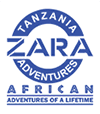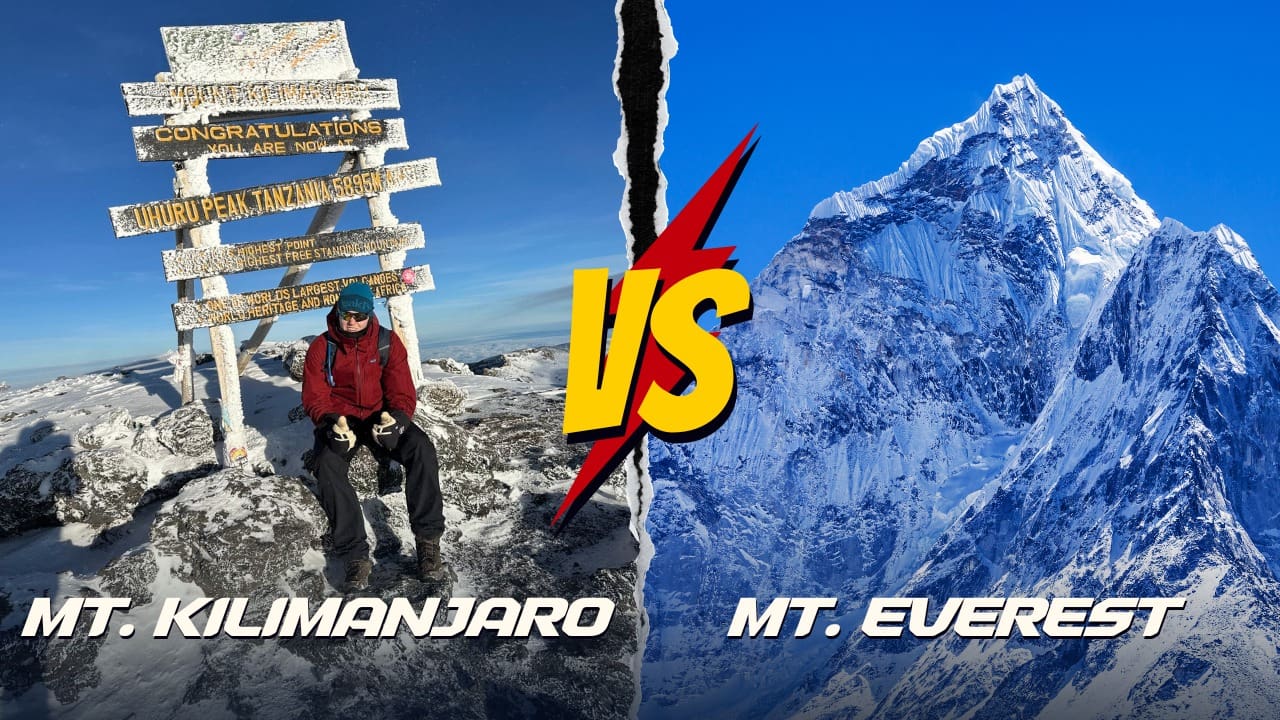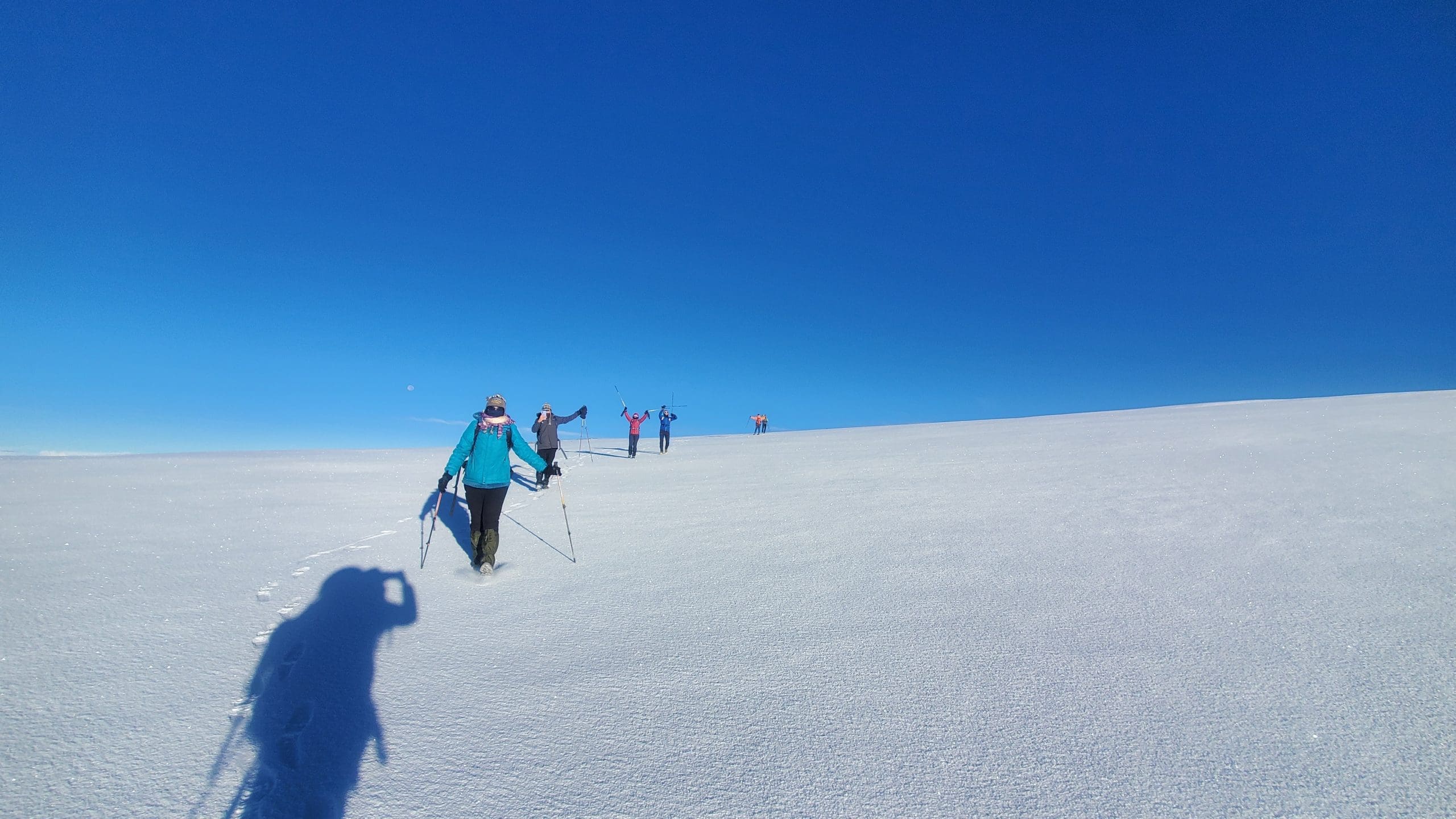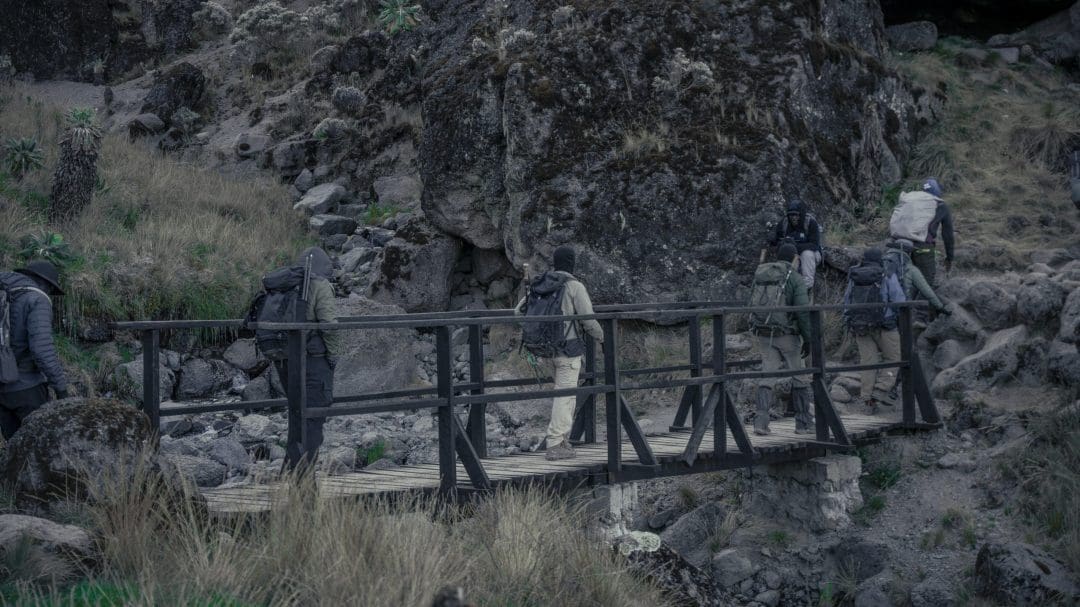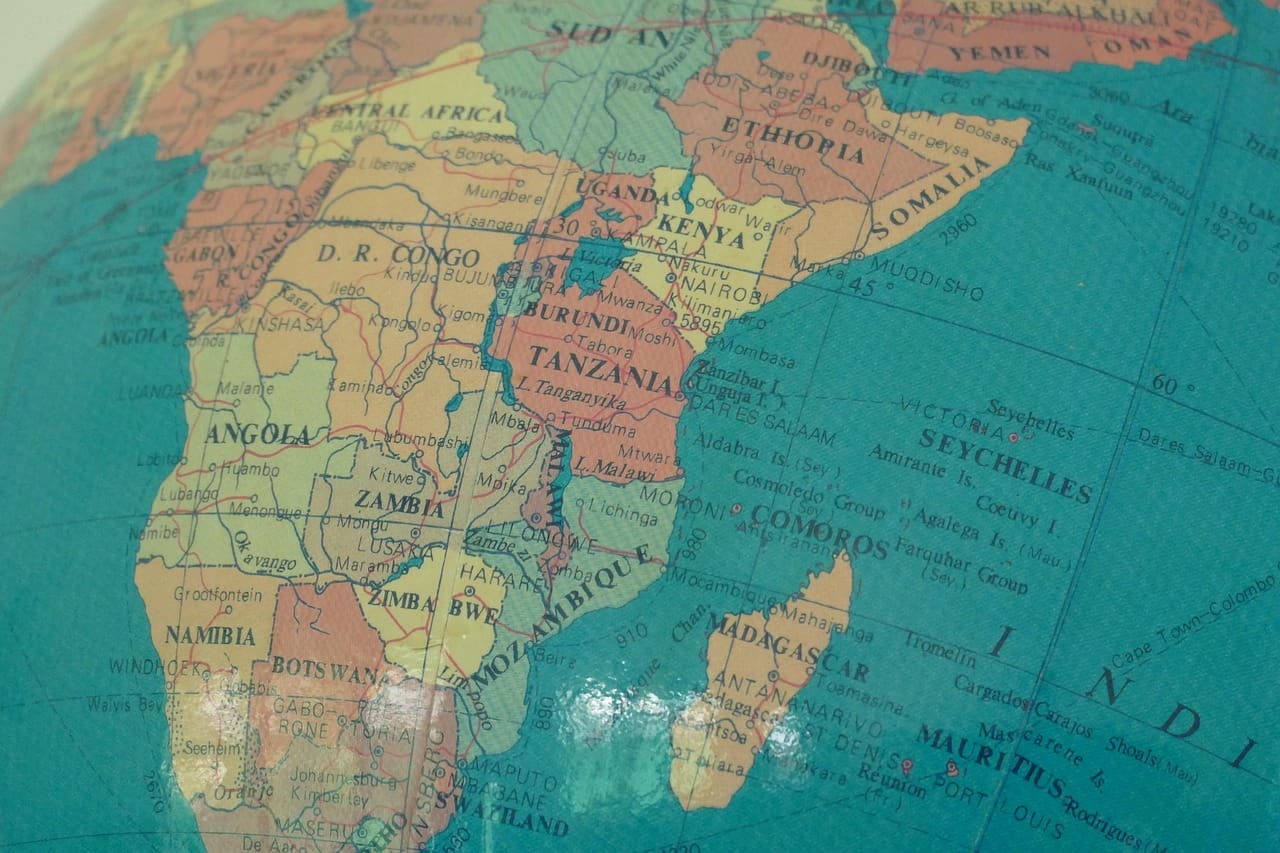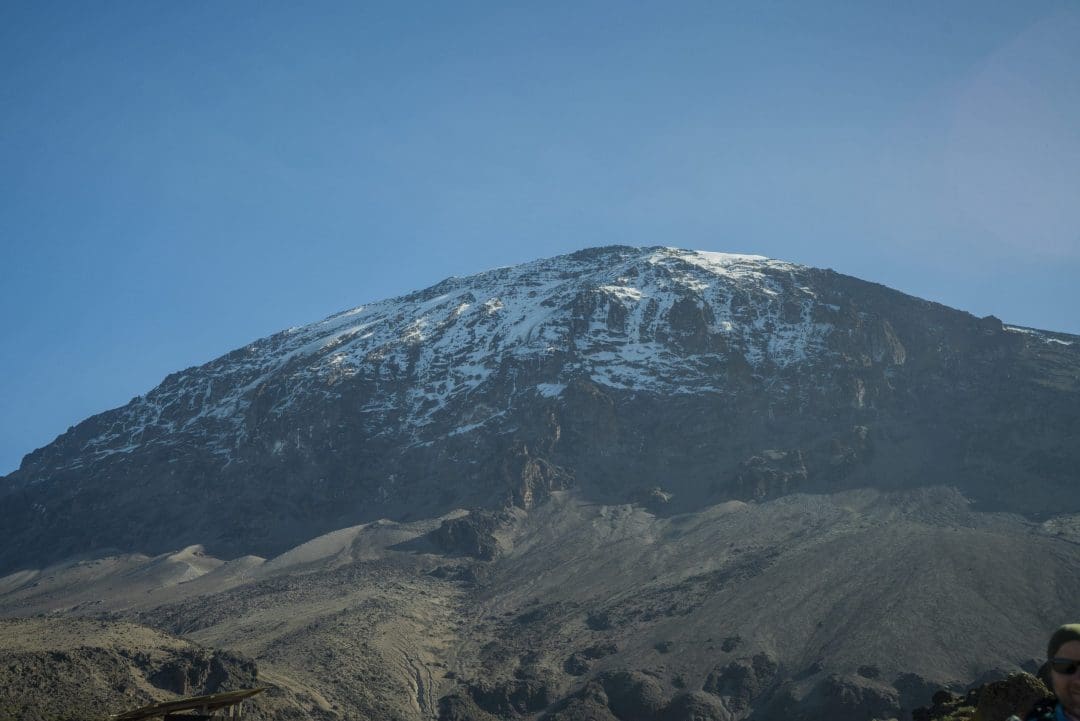Have you ever imagined standing on Africa’s apex, walking the trails of the world’s tallest, or both? You’re not alone. These two mountains aren’t simply places to go hiking; they are regarded as two of the most challenging peaks for hikers around the globe. They offer beautiful views and an unforgettable adventure experience.
Is the Kilimanjaro elevation more challenging than that of Everest? Many hikers who have experienced the hurdles of both trails have compared these two wonders of the world. In this article, we will look at the elevation differences and whether they affect your trekking experience. Follow through.
What is Everest Base Camp Elevation
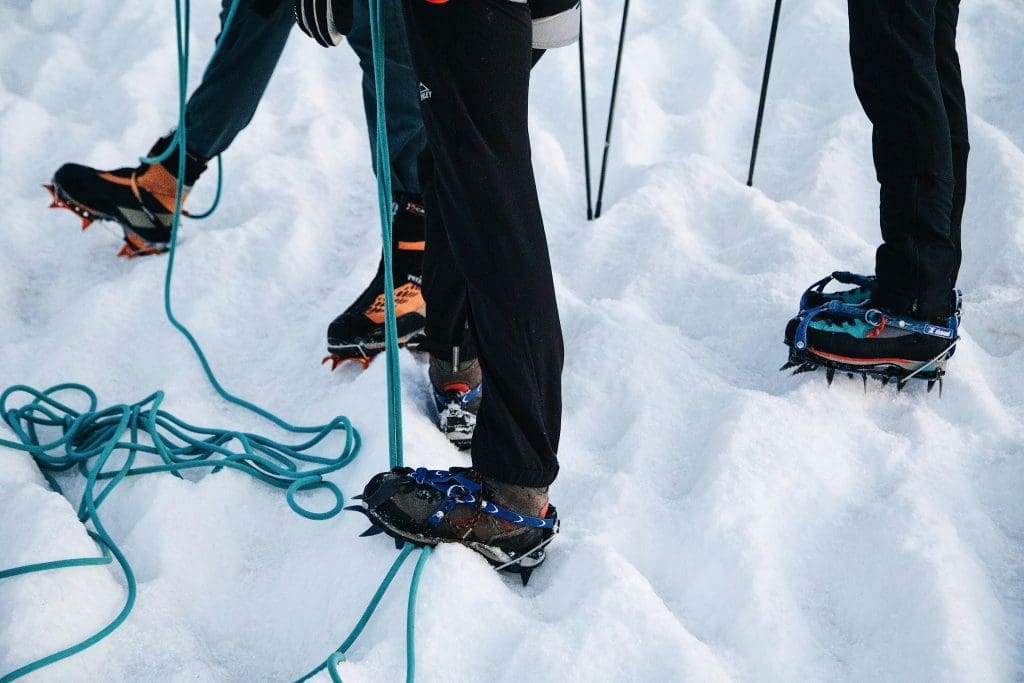
Mount Everest is the tallest mountain in the world, reaching 29,032 feet above sea level. It is located at the Nepal-Tibet border. Mount Everest belongs to the Himalayan mountain range. It is one of the most visited places for hikers around the world. Some people visit for the adventure, while others visit for the stunning views.
The most-trodden routes are the Southeast Ridge in Nepal and the Northeast Ridge in Tibet. The North Face of Mount Everest is one of its most difficult faces. The weather is unstable with harsh winds, avalanches, and cold temperatures. It is on the Tibetan side of the mountain and is not as frequently used as the South Face.
Although Everest Base Camp is not the mountain’s peak, it is still a high-altitude hike. The elevation stands at 17,598 feet above sea level. The journey to the top takes an average of 12–14 days. The climb up Everest Base Camp is considered longer because of the many stops, which help climbers acclimate easily. This journey of thousands of miles begins in Lukla, a little town.
One difference between the journey up Everest and Kilimanjaro is the presence of bars, lodges, and tourism centres. You’ll find them in the Namche Bazaar. Some people believe that an extra night in Namche helps you adjust as you prepare to climb higher. The climb gradually gains as you go higher.
Kilimanjaro Elevation
Mount Kilimanjaro is the highest point in Africa, at 19,341 feet above sea level. It is the tallest stand-alone mountain in the world, located in Tanzania. It is a stratovolcano with three volcanic cones, Kibo being the highest and closest to the peak. Climbing it doesn’t require mountaineering skills or gear, which is what makes it a challenge.
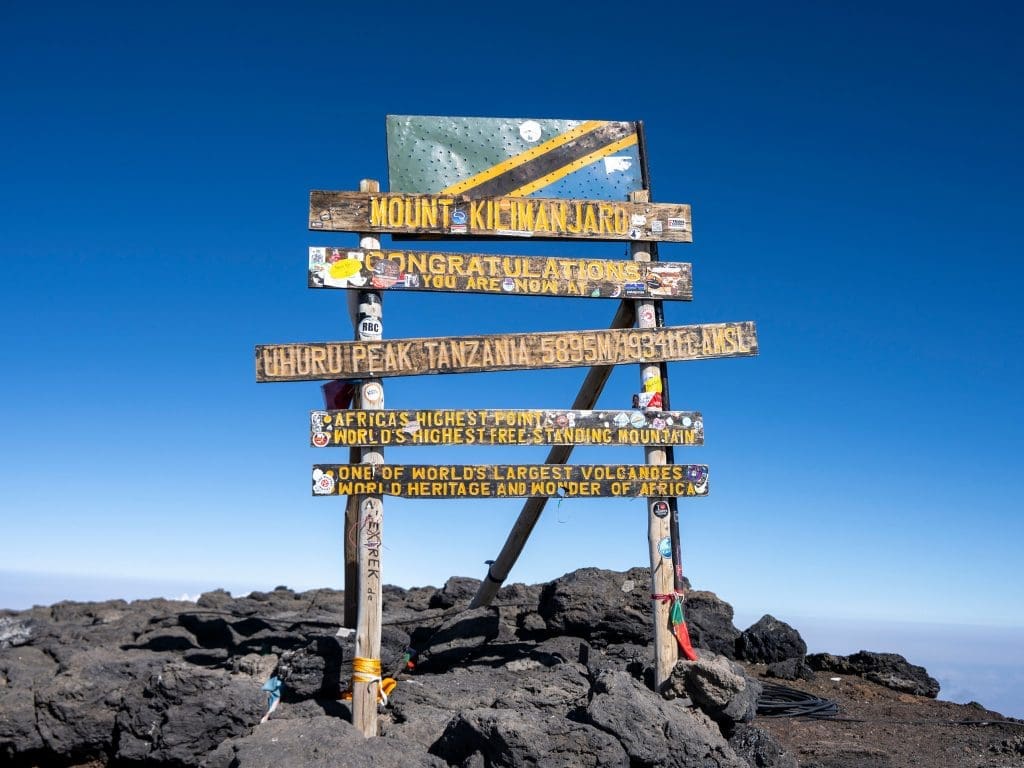
Compared to Everest Base Camp, trekkers always reach Uhuru Peak, the summit of Kilimanjaro. The Kilimanjaro elevation stands at 19,341 feet above sea level. The hike up the mountain typically takes 5–9 days. This depends on the route taken. Uhuru Peak can be accessed through eight routes, each with its base camp. The longer routes have a higher success rate than the shorter ones. This is because climbers have more time to acclimate to the high altitude.
At the start of the climb, there doesn’t seem to be much height gain, and the climb is usually effortless. However, after the third day, the increase in altitude becomes significant. The journey up Kilimanjaro consists of sharp ascents and descents. Summit day is the most difficult of all days on Kilimanjaro.
Trekking to High Altitudes: What the Elevation Means
When it comes to climbing, elevation significantly affects your body. It is not simply about height, but a key aspect in how challenging the climb feels and how well you’ll adapt to the terrain. This impacts how rigorous you’ll have to prepare. Elevation affects you in specific ways:
- Altitude Sickness:
The Kilimanjaro elevation starts at around 5,900 feet until you reach the summit. The journey usually takes 5–9 days, depending on the route. This means the altitude increases fast, with little time to adapt. On the other hand, Everest Base Camp elevation starts at 9,300 feet. The hike, however, takes roughly 12–14 days. This gives you more time to adapt to the oxygen-deficient air. The higher you go, the lower the oxygen levels.
If climbers don’t acclimatise properly, they may experience headaches, shortness of breath, exhaustion, and possibly nausea. Because of acclimatisation time, the risk of altitude sickness is higher on Kilimanjaro than on Everest Base Camp (EBC).
- Trekking difficulty:
Each mountain has its unique difficulty. Kilimanjaro is known to have shorter trek days, but the climb is steeper. The hike to the summit is a challenge. It is usually done around midnight in almost sub-zero conditions. EBC has longer trek days. It gets colder as you climb, and the terrain gets more rugged. The route varies from rope bridges, dirt paths, and rocky climbs.
Elevation isn’t only about the figures. It affects the whole hiking experience. Both climbs have their fair share of difficulty. Your choice will be dependent on your fitness level and climbing experience. If you love a challenge, you would love both mountains.
Housing and Accommodation Differences
Climbing to the Everest Base Camp is a whole new experience. There are tea houses that offer comfortable lodging, meals, and incredible views. Tea houses also have a general dining area for hikers to bond and interact while enjoying the food and culture.
Although the amenities are basic, some companies provide luxury packages for their clients. These packages usually include private rooms and bathrooms, and special services. Electricity is available, but you would have to pay for it. Some tea houses offer paid Wi-Fi services for internet access.
Accommodation on Kilimanjaro is rougher. You’ll need tents to camp for most of the hike. Only the Marangu route has huts for those who would prefer more comfort. The huts are usually very simple with bunk beds. But the Marangu huts can quickly get booked, so you have to make reservations on time. Unlike EBC, there is no electricity or Wi-Fi during the climb.
This toughness is part of Kilimanjaro’s appeal to some. However, before and after the hike, some companies provide trekkers with lodgings in any of the towns (Arusha or Moshi) near the base of the mountain. The experience of EBC is more comfortable than the traditional experience of Kilimanjaro.

Kilimanjaro vs Everest Base Camp Weather Conditions
Weather is an essential part of both treks, but the weather in Mount Kilimanjaro and Everest Base Camp is different. This is because of the location, altitude, and seasonality. The climate of Kilimanjaro changes rapidly as you go up the mountain. This is because there is a rainforest at the bottom and freezing alpine-like weather at the top. The highest temperatures may reach -10°C (14°F) in the early morning at the highest point. January-March and June-October are the best times of the year to climb as they are the dry seasons.
On the contrary, Everest Base Camp is far in the Himalayas. The weather is colder and unpredictable. Above 14,000 feet, temperatures are expected to be freezing all year round. Nights at EBC can be as low as -15°C (-5°F). The best trekking periods are before monsoons (March-May) and after monsoons (late September-November). Compared to Kilimanjaro, EBC is often covered with snow, windstorms, and changes in weather conditions because it is located near the giant Himalayan mountains.
In general, Kilimanjaro has more stable conditions over a short duration. Everest Base Camp, however, requires lots of preparation to survive in the cold weather and experience the rapid changes.
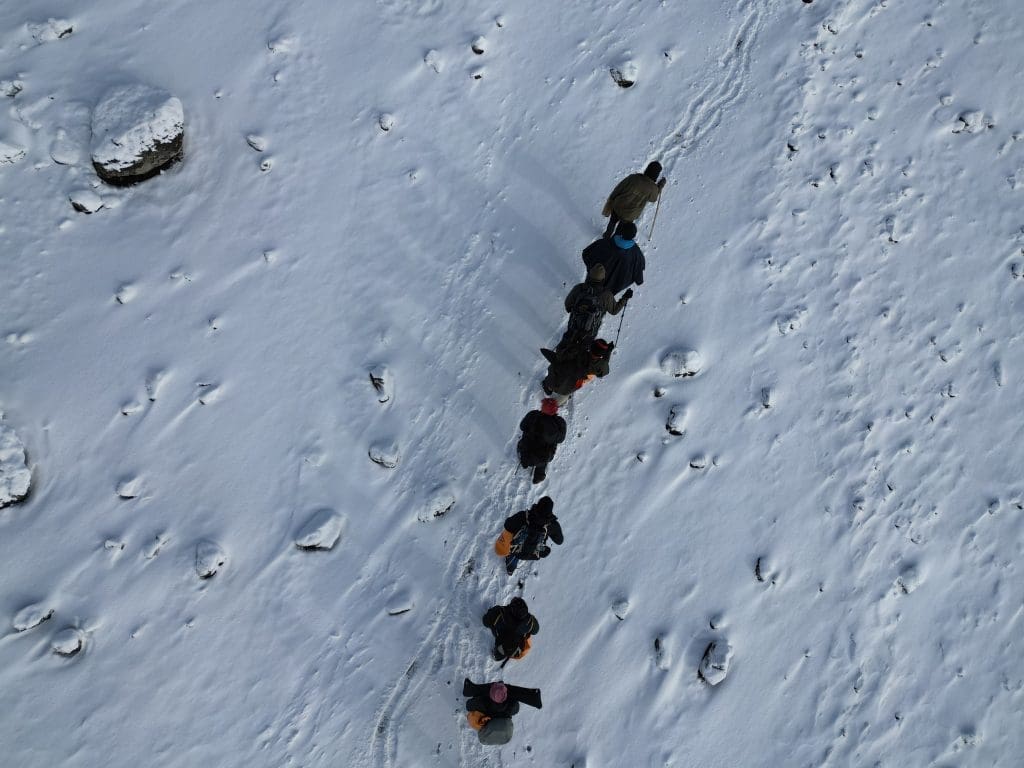
Which is more difficult, Kilimanjaro or Everest Base Camp?
In the comparison of the Mount Kilimanjaro vs Everest Base Camp elevation, it is obvious that both hikes are challenging in their own way. Everest Base Camp is 17,600 feet (5,364 meters) high, but the length is more, and the trek is more enduring as well.
Comparatively, the Kilimanjaro elevation is higher, at 19,341 feet (5,895 meters), and provides a shorter and more intense hike to a real summit.
Kilimanjaro is ideal for people who are short on time and want to have a high-altitude experience, whereas the Everest Base Camp is suited to trekkers who want a more gradual, cultural, and scenic journey through the Himalayas. Neither of them is easier in the end; it is all about what type of adventure you want.
You are still making up your mind? Find out how many people climb Mount Everest annually, or book our expert-led Tanzania Tours to Mount Kilimanjaro and start your planning.
Frequently Asked Questions
1. What is the altitude of Mount Kilimanjaro compared to Everest Base Camp?
Mount Kilimanjaro is 19,341 feet (5,895 meters), and the Everest Base Camp is about 17,600 feet (5,364 meters). Kilimanjaro’s elevation is higher, while EBC is closer to the foot of the highest mountain in the world.
2. Which is harder, Kilimanjaro or Everest Base Camp?
Kilimanjaro is steeper and much faster, and this may increase the chances of altitude sickness. Everest Base Camp is longer and colder. The North face of Mount Everest is its most challenging route; thus, it requires more stamina in the long run.
3. How high is the Everest Base Camp in Nepal?
Base camp Everest in Nepal is 17,600 feet (5,364 meters). It is reached by trekkers who pass landmarks like the Namche Bazaar and the Khumbu Glacier.
4. What is the best Kilimanjaro route to acclimatise?
The Northern Circuit Route is the best, which provides a longer trek (8 to 9 days) with a slow gain of altitude. Lemosho and Machame are good alternatives, too.

